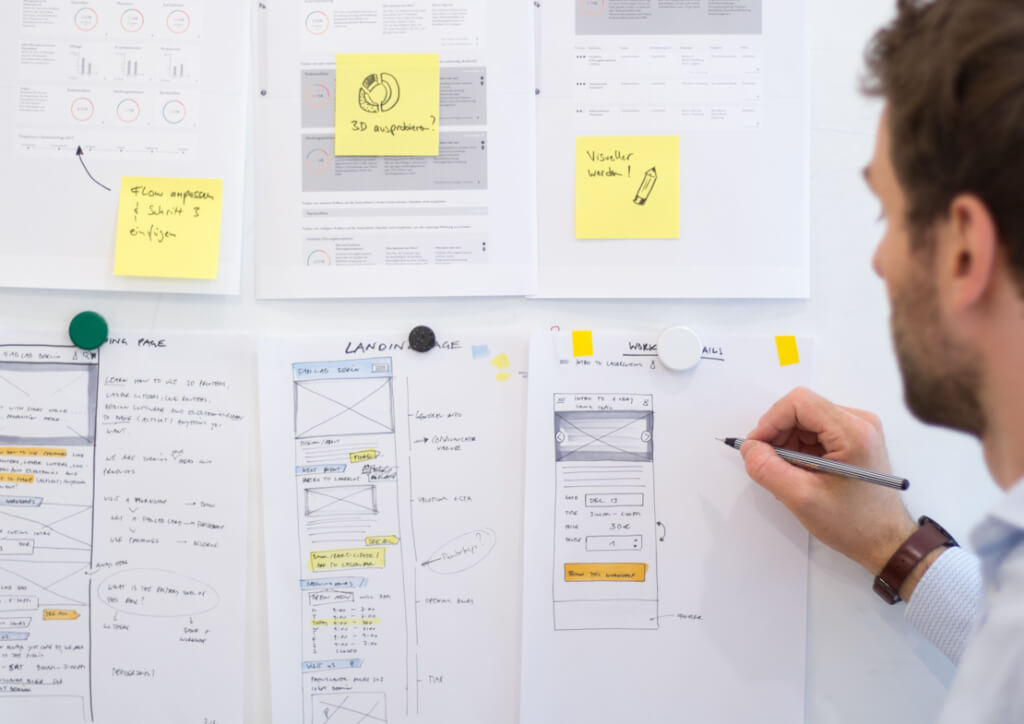We use service design to create user-centered business models.


We help our clients to understand what their customers really want and how their overall offer can become more customer-centric. This creates better service experiences for customers and creates more profit for companies.


Our work is based on deep understanding and empathy for customers. Based on this, we facilitate innovation processes inside organisations and help them to implement new innovative service solutions. This approach keeps organisations future-proof. We work hand in hand with our clients and craft a collaboration that fits best to our client’s needs.
To create value, you need to know your users. We enable you to understand who they are and what they want.
To grow your business, you always need a business model and a strategy. We help you to elaborate a viable and scalable business model.
To sell your product, you need delightful services. We create intuitive and appealing experiences for your users.